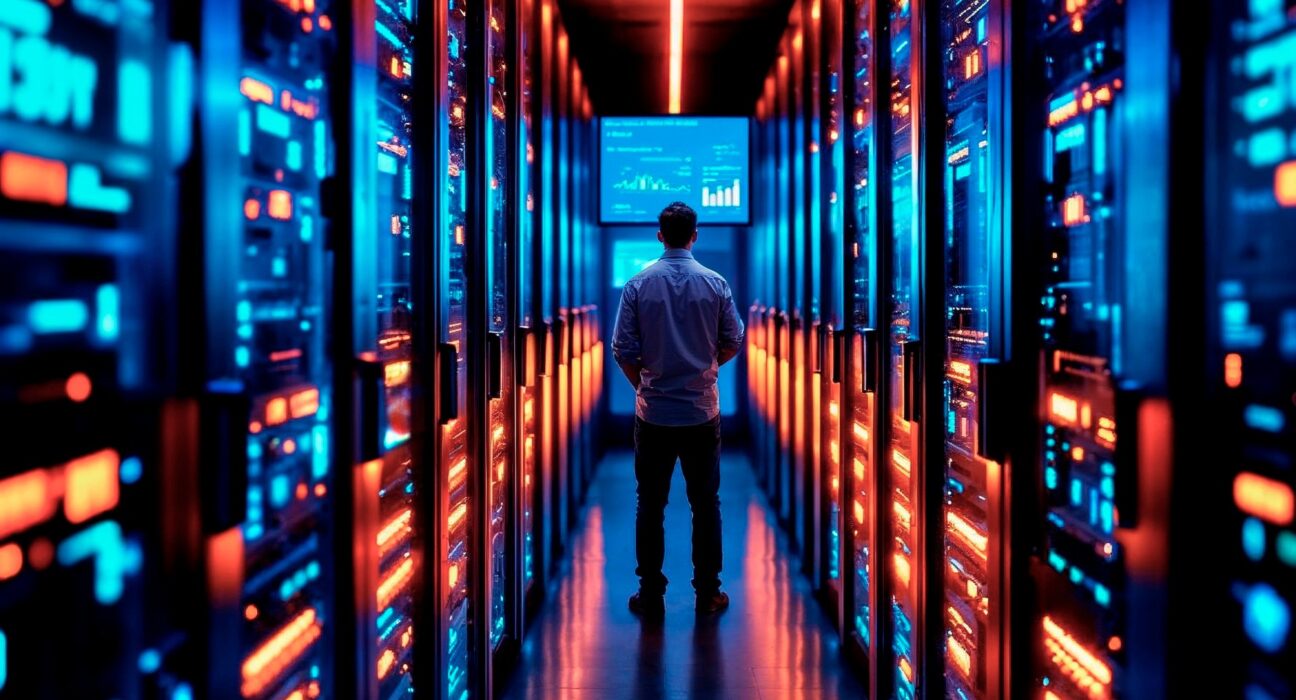In the realm of international relations, a delicate dance unfolds as nations jostle for control over critical resources that power the unseen infrastructure behind artificial intelligence. The recent agreement between the US and China, brokered by President Donald Trump, sheds light on the strategic importance of rare earth minerals in fueling the digital age.
At the heart of this geopolitical chess game lies the pivotal role of rare earths and other strategic minerals in the physical infrastructure of artificial intelligence. While AI is often perceived as an intangible technology operating in the digital realm, its foundation rests on a massive and intricate physical structure. Data centers, the backbone of digital technologies, play a crucial role in processing and storing vast amounts of data.
The sheer magnitude of data centers worldwide, with thousands in operation and some colossal complexes like “The Citadel Campus,” underscores the extensive mineral and metal requirements for their manufacture. Elements such as gallium, germanium, tantalum, and rare earths are essential for electronic, optical, and magnetic components within these facilities. The production of advanced electronic devices necessitates a substantial volume of raw materials, exacerbating environmental risks and resource extraction pressures.
The rapid turnover of electronic equipment, typically replaced every two to five years due to technological obsolescence, further strains mineral resources and ecosystems. This heightened demand for critical minerals has fueled geopolitical tensions, particularly between the US and China, as both nations vie for supremacy in the AI sector.
The US-China rivalry has escalated with sanctions and restrictions on key resources, culminating in a significant suspension of advanced chip exports to China in 2024. In response, China tightened its grip on critical mineral exports, leveraging its dominance in extraction and refining processes. Trump’s administration’s push for legislative reforms and substantial investments in AI infrastructure underscored the strategic importance placed on technological advancement.
The interplay between AI and critical minerals unveils a complex web of geopolitical maneuvering and resource dependencies. The energy-intensive nature of AI applications, driven by neural networks and large data processing, poses significant challenges in energy consumption. Data centers, cryptocurrencies, and AI collectively consumed a substantial amount of electricity in 2022, with projections indicating a further increase in energy demands.
As the energy footprint of data centers grows, concerns mount over energy supply shortages, grid overloads, and rising electricity costs. To mitigate these challenges, tech giants are increasingly turning to renewable energy sources, albeit reliant on critical minerals for their infrastructure. The transition to renewable energy presents a dual challenge of sustainability and mineral resource management, as the production of solar panels and wind turbines necessitates significant mineral inputs.
The expansion of AI technology transcends mere innovation, encompassing environmental, social, economic, and geopolitical dimensions. Understanding these interconnected facets is paramount for stakeholders to navigate the complex landscape of AI development responsibly. As the relentless march of artificial intelligence continues, addressing these challenges will require a holistic approach that balances technological progress with sustainable resource management and geopolitical stability.

